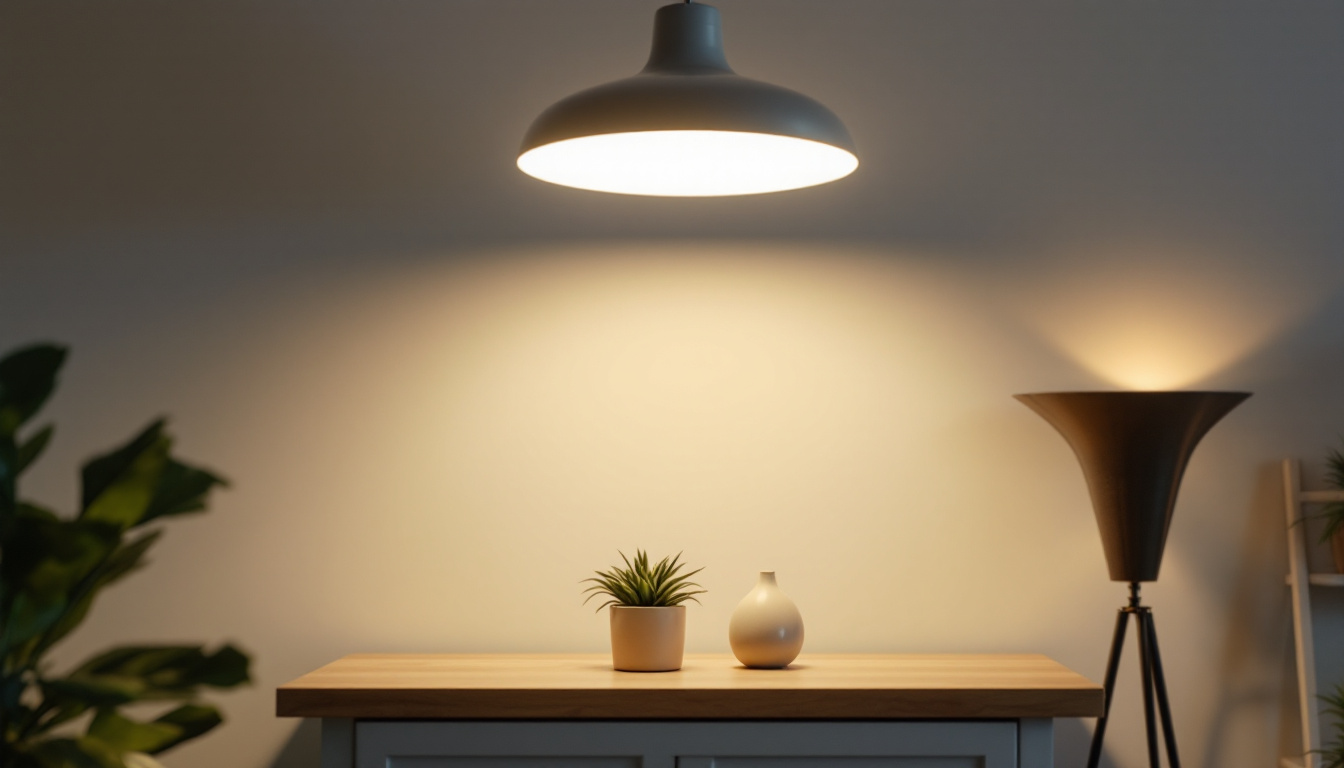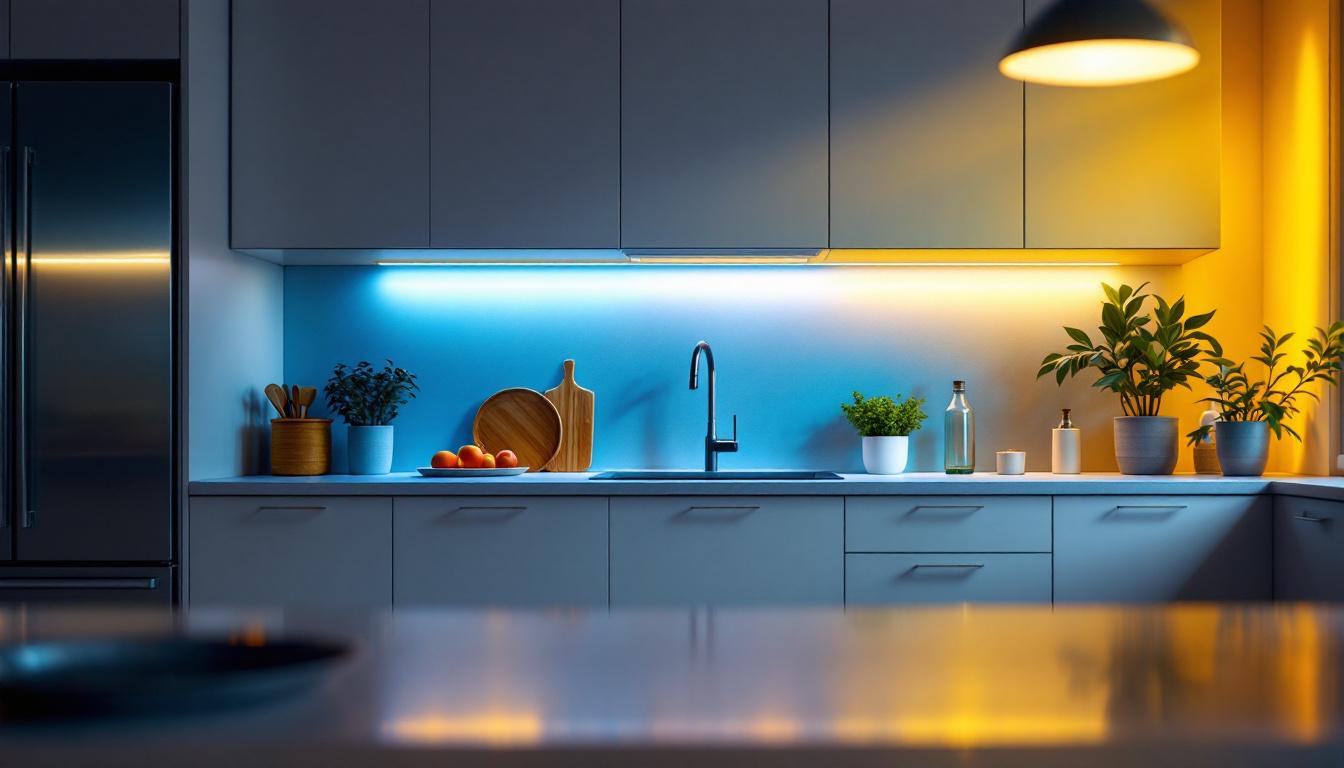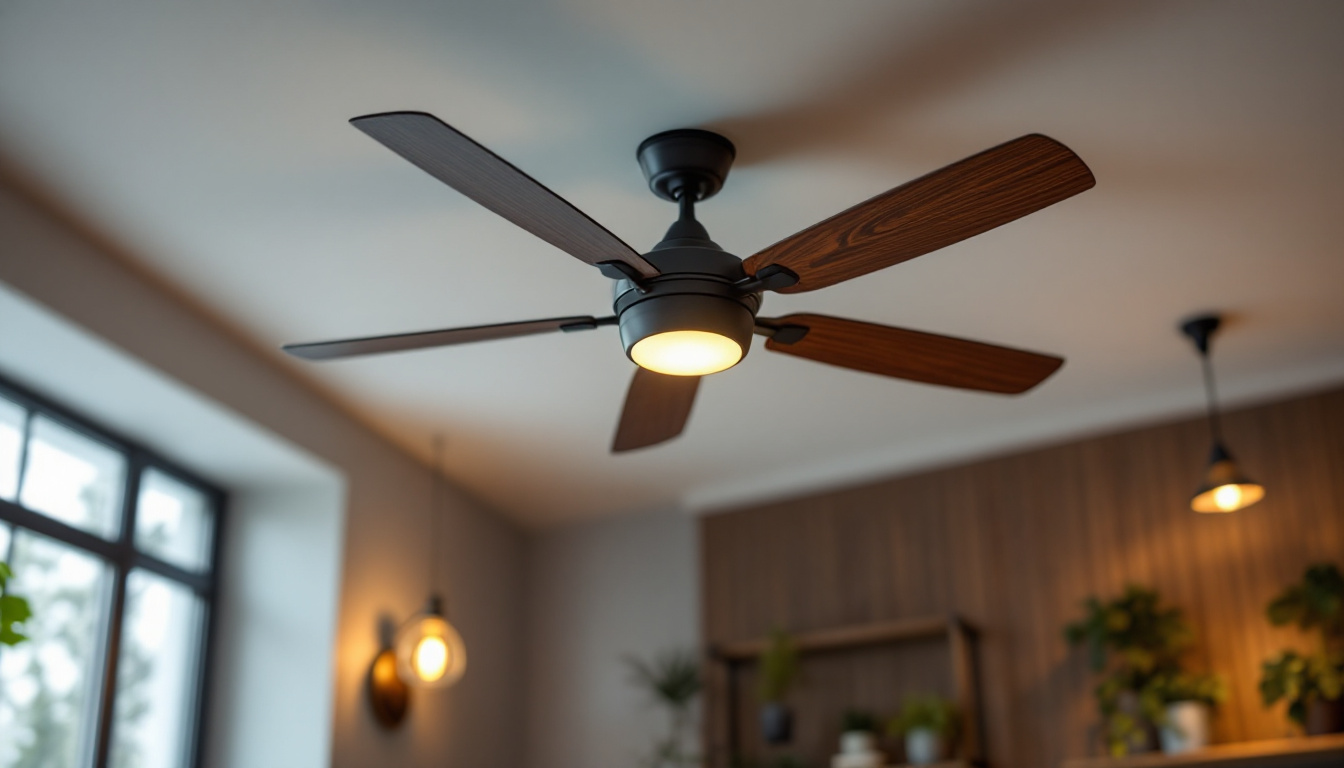
Lighting is a critical component of any construction or renovation project, especially for lighting contractors who are tasked with creating functional and aesthetically pleasing environments. One of the most common choices in lighting design is overhead lighting, but as technology advances, various alternatives have emerged. This article explores the advantages and disadvantages of overhead lighting compared to its alternatives, helping lighting contractors make informed decisions for their projects.
Overhead lighting refers to fixtures that are installed on ceilings, providing illumination from above. This type of lighting is often the primary source of light in residential and commercial spaces, offering a broad coverage area and enhancing visibility. However, while overhead lighting is widely utilized, it is essential to understand its characteristics, benefits, and limitations.
One of the most significant advantages of overhead lighting is its ability to illuminate large areas effectively. Whether it’s a spacious living room, a bustling office, or a retail store, overhead fixtures can provide uniform light distribution, reducing shadows and enhancing visibility.
Additionally, overhead lighting can be designed to complement the aesthetics of a space. With a variety of styles, from sleek modern designs to ornate chandeliers, contractors can choose fixtures that enhance the overall decor while providing necessary illumination. The versatility of overhead lighting also extends to its functionality; many fixtures now come with adjustable brightness settings or color temperature options, allowing users to customize their lighting experience based on the time of day or specific activities, such as reading or entertaining.
Despite its advantages, overhead lighting has its drawbacks. One major limitation is that it can create harsh lighting conditions if not properly diffused. This can lead to glare and discomfort, particularly in work environments where prolonged exposure to bright overhead lights is common.
Moreover, overhead lighting may not provide the desired ambiance in certain settings. For instance, in a restaurant or a cozy living room, softer, more intimate lighting may be preferred. In such cases, relying solely on overhead fixtures may not meet the aesthetic needs of the space. To counteract this, many designers recommend layering lighting by incorporating additional sources such as floor lamps, table lamps, or wall sconces. This multi-layered approach not only enhances the overall lighting design but also allows for greater flexibility in mood and functionality, creating a more inviting and comfortable atmosphere for occupants and guests alike.
As the demand for versatile and energy-efficient lighting solutions grows, various alternatives to traditional overhead lighting have gained popularity. These options can enhance the functionality and ambiance of a space while addressing some of the limitations associated with overhead fixtures.
Task lighting is designed to illuminate specific areas where activities such as reading, cooking, or working take place. This type of lighting is typically more focused and can be achieved through desk lamps, under-cabinet lights, or adjustable wall sconces. By providing direct light to task areas, contractors can enhance visibility and reduce eye strain.
One of the key benefits of task lighting is its flexibility. It can be easily adjusted or repositioned according to the needs of the user, making it a valuable addition to both residential and commercial spaces. Additionally, task lighting can be used in conjunction with overhead lighting to create layered illumination, allowing for greater control over the overall lighting design. For instance, in a home office, a well-placed desk lamp can provide the necessary brightness for focused work without overwhelming the space with harsh overhead light. This not only improves productivity but also promotes a more comfortable working environment.
Accent lighting is another alternative that can complement overhead fixtures by adding depth and dimension to a space. This type of lighting is used to highlight specific features, such as artwork, architectural details, or plants. By drawing attention to these elements, accent lighting can create a more engaging and visually appealing environment.
Contractors can utilize a variety of fixtures for accent lighting, including track lights, wall-mounted fixtures, and LED strip lights. The key is to ensure that the accent lighting is not overpowering, but rather enhances the overall lighting scheme without detracting from other elements in the room. For example, strategically placing spotlights on a gallery wall can create a stunning visual effect, transforming a simple hallway into a captivating art display. Moreover, using dimmable accent lights allows for further customization, enabling homeowners to adjust the mood of the space according to different occasions, whether it’s a cozy dinner party or a lively gathering.
Natural lighting is an often-overlooked alternative that can significantly impact the ambiance and energy efficiency of a space. Incorporating windows, skylights, and glass doors allows natural light to flood in, reducing the need for artificial lighting during the day. This not only creates a more pleasant atmosphere but also contributes to energy savings.
Lighting contractors should consider the orientation of the building and the placement of windows to maximize natural light. Additionally, using reflective surfaces and light-colored materials can help distribute natural light more effectively throughout the space. For instance, strategically placed mirrors can amplify sunlight, creating a brighter environment while also giving the illusion of a larger area. Furthermore, incorporating features like light tubes or solar tubes can bring daylight into interior spaces that may not have direct access to windows, ensuring that even the most secluded corners of a home or office benefit from the uplifting effects of natural light. This approach not only enhances the aesthetic appeal of a space but also contributes to the overall well-being of its occupants, as studies have shown that exposure to natural light can improve mood and productivity.
When evaluating whether to use overhead lighting or its alternatives, several factors must be considered. Each option has its unique strengths and weaknesses, and the best choice will depend on the specific requirements of the project.
Overhead lighting fixtures can vary significantly in cost, depending on the style, brand, and technology used. While some basic fixtures may be affordable, high-end options can be quite expensive. In contrast, task and accent lighting can often be more budget-friendly, especially when using LED technology, which offers long-term savings through energy efficiency.
Contractors should also factor in installation costs, as some alternatives may require more complex wiring or mounting, impacting the overall budget. A thorough cost analysis can help determine the most economically viable option for each project.
Energy efficiency is a crucial consideration for modern lighting design. Overhead lighting has traditionally been associated with higher energy consumption, particularly when using incandescent or halogen bulbs. However, advancements in LED technology have made overhead fixtures more energy-efficient than ever before.
Task and accent lighting, particularly when utilizing LEDs, can also provide significant energy savings. By strategically placing these fixtures, contractors can reduce the overall energy load while still achieving the desired level of illumination.
When it comes to flexibility, alternatives like task and accent lighting offer greater control over the lighting design. Contractors can adjust the intensity and direction of these fixtures to suit specific activities or moods. Overhead lighting, while effective for general illumination, may not provide the same level of adaptability.
Incorporating dimmers and smart lighting controls can enhance the flexibility of overhead lighting as well, allowing contractors to create dynamic lighting schemes that can be adjusted based on the time of day or specific events.
For lighting contractors, understanding the nuances of different lighting options is essential for delivering successful projects. Here are some best practices to consider when choosing between overhead lighting and its alternatives.
Before making any lighting decisions, it is crucial to assess the space thoroughly. Consider the function of the area, the desired ambiance, and the architectural features that may influence lighting choices. A well-planned lighting design should enhance the space’s functionality while aligning with the client’s vision.
Engaging with clients about their preferences and needs is vital for successful lighting design. Discussing their expectations regarding brightness, ambiance, and energy efficiency can help guide the selection of appropriate lighting options. Understanding the client’s lifestyle and how they will use the space can also inform the decision-making process.
The lighting industry is constantly evolving, with new technologies and design trends emerging regularly. Lighting contractors should stay informed about the latest advancements in lighting technology, including energy-efficient solutions and smart lighting systems. This knowledge can help contractors provide innovative solutions that meet the needs of modern clients.
In the world of lighting design, overhead lighting remains a staple, but it is essential to recognize the value of alternatives such as task, accent, and natural lighting. Each option has its unique benefits and limitations, and the best choice will depend on the specific requirements of the project at hand.
By understanding the characteristics of different lighting solutions and staying informed about industry trends, lighting contractors can make informed decisions that enhance the functionality and aesthetics of any space. Ultimately, the goal is to create a well-lit environment that meets the needs of the occupants while providing energy-efficient and visually appealing solutions.
Ready to elevate your lighting designs with the best in spec-grade lighting? Look no further than LumenWholesale, where we provide lighting contractors with superior lighting solutions at unbeatable wholesale prices. Say goodbye to local distributor markups and hello to a vast selection of top-quality, reliable lighting products that meet the highest industry standards. With the added convenience of free shipping on bulk orders, LumenWholesale ensures you get the premium lighting your projects deserve at the best value. Don’t compromise on quality or price. Discover wholesale lighting at the best value today and light up your next project with confidence.

Discover how under cabinet lighting plugs can enhance your business profitability.

Discover the essential insights lighting contractors need to know about the Maxim 7.5 LED Flush Mount.

Discover why lighting contractors should prioritize industrial-looking ceiling fans in their projects.

Discover why 2 ft LED lights are essential for any lighting project.